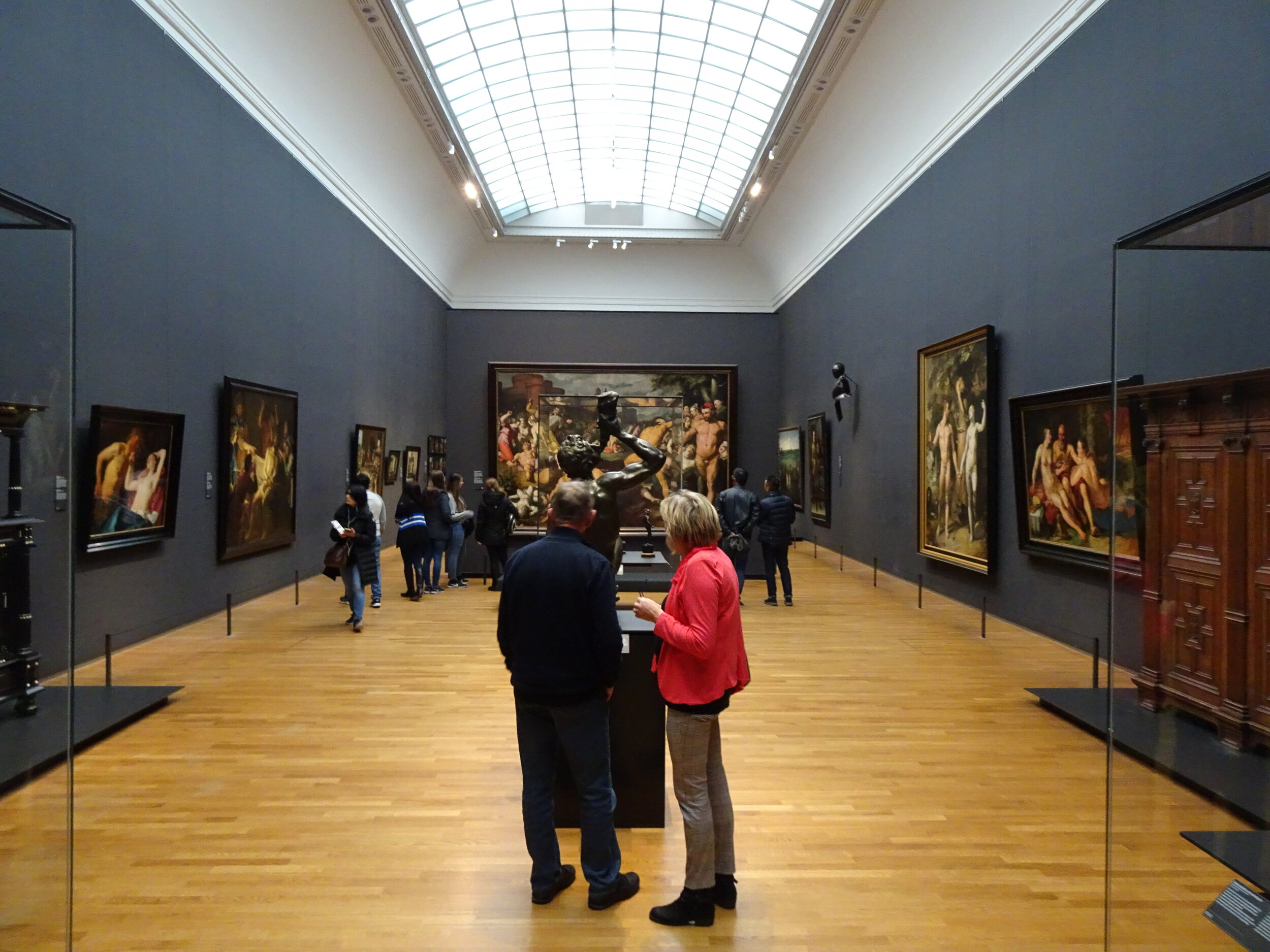10 Reasons why the Rijksmuseum is incredibly wheelchair-friendly
This blog post contains affiliate links.
Home to some of the most famous artworks in Dutch history, the Rijksmuseum is one of my favourite wheelchair-friendly museums in Amsterdam. Inside, you'll find a diverse collection of treasures, from iconic Dutch Golden Age paintings, to centuries-old dolls houses, sculptures, pottery and textiles from around the world. The Rijksmuseum is one of the most accessible museums in the city. Buy your ticket here.
Here are 10 reasons why the Rijksmuseum is incredibly wheelchair-friendly:
1. Proximity to accessible parking and transportation
Part of what makes the Rijksmuseum wheelchair-friendly is its location. As well as accessible metro lines and tram stops, the museum is in close proximity to accessible parking areas with wheelchair-friendly blue badge spaces (for permit holders).
2. Lifts to every floor and collection
The Rijksmuseum has lifts at the entrance, lifts to all the collections, lifts down to the gift shop, and lifts up to the restaurant. Regardless of a visitor’s mobility, the lifts mean everyone can enjoy the full Rijksmuseum experience.
3. There are ramps everywhere
With the exception of Petronella Oortman’s dollhouse platform, the Rijkmuseum has ramps alongside its small staircases and steps. The ramps are at a safe incline and are easy to use independently.
4. Exhibitions are spacious
Any wheelchair user will appreciate the vast amount of space in the Rijksmuseum. Turning, reversing, popping a wheelie, or just rolling on through – it’s all easy breezy in the museum’s big beautiful exhibition halls.
5. Restaurants and shops are accessible
The museums shop and restaurant are both accessible for visitors with reduced mobility (thank you, lifts!) meaning everyone can browse through souvenirs or enjoy a tasty bite to eat.
6. Accessibility floor plans
The Rijksmuseum has a great floor plan available showing the location of lifts, accessible toilet facilities, and other important accessibility factors.
7. Visitors can borrow mobility aids
Depending on availability, visitors with reduced mobility can borrow a wheelchair, folding chair, walking stick, or rollator. Perfect for anyone who hasn’t brought their own mobility aid but needs the extra support during their museum visit.
8. Free entry for wheelchair chaperones
Wheelchair users visiting the Rijksmuseum can bring a chaperone free of charge.
9. Wheelchair accessible toilets
The museum has several spacious wheelchair accessible toilets with grab rails and emergency cords. The mirror, toilet roll, soap dispenser and rubbish bin have been placed at the correct height for seated wheelchair users. The Rijksmuseum also has an adult changing facility. For more information on the Changing Places Toilet, see my blog post: The Rijksmuseum now has a fabulous Changing Places facility
10. The Rijksmuseum's Inclusion Coordinator
Finally, my favourite reason why the Rijksmuseum is wheelchair friendly is that it has a member of staff dedicated to making the museum as accessible as possible. The Inclusion Coordinator works together with other staff members to ensure that visitors with a variety of needs and abilities can explore and enjoy the Rijksmuseum.
For more information, please see the Rijksmuseum website. Click here to go straight to the accessibility page.







